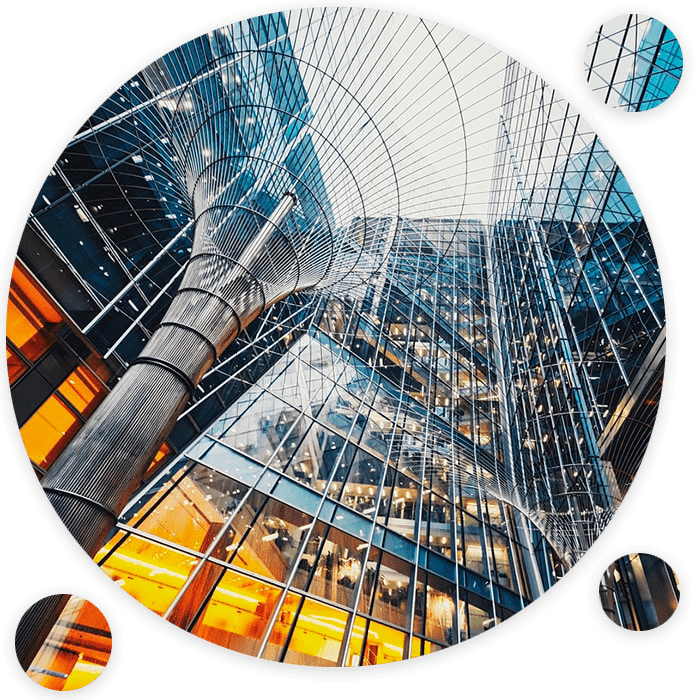Optimize city functions, promote economic growth and improve the quality of life for citizens with, connected technologies and data analysis.
Start Free Trial
Take your business to the next level with this limited offer.
Get a 1 month free trial for up to 5 SIMs. No minimum commitments.
The Internet of Things (IoT) is making it possible to make cities greener, safer and more efficient.
By connecting devices, vehicles and infrastructure everywhere in a city, governments and their partners can reduce energy and water consumption, keep people moving efficiently, and improve safety and quality of life.
As the IoT grows our vision remains the same: to empower businesses to reimagine their future in the connected world enabling them to transform and thrive in the connected economy.
We’re excited by what the future holds and our role in accelerating business transformation for not just businesses but for entire industries.
Australian councils can benefit from adopting a smart city strategy, and more local councils are implementing projects every day.
The aims of establishing smart cities include:
- improving quality of life for local residents
- increasing operational efficiencies
- reducing costs
- attracting more business and minimising environmental impacts.
This is achieved by better use of existing resources through improved monitoring, controls and coordination of services and infrastructure. Wireless sensor networks are a key component in the creation of smart cities. For efficient city management, a distributed network of intelligent sensor nodes can measure various parameters from noise, temperature, ambient light levels and carbon monoxide concentration, to the availability and location of parking spaces.
Smart Cities in Action
Monitoring Environmental Noise
Monitoring noise levels could be used to understand noise pollution in cities etc.
Monitoring Atmospheric Pollution
Measuring gases such as CO2 and NO2 or dust in the atmosphere that threatens the health of urban dwellers by causing respiratory diseases.
Maintaining Good Structural Health & Street Lighting
Ensuring buildings, bridges, roads and other major structures are sound and the provision of intelligent and adaptive street lighting.
Managing Traffic and Parking
Minimising emissions and traffic congestion – the aim of improved traffic flow can be achieved by establishing intelligent roads with warning messages and diversions according to climate conditions, and unexpected events like accidents or traffic jams.
Security and Surveillance
Communications to/from a central control station allowing remote surveillance, access to control systems, motion detectors, lighting and access points. The control station can remotely authorise access to controlled areas with the ability to open and close locks, doors, gates via the wireless network within seconds.
Retail and Point of Sale
The ability to target shoppers by picking up electronic devices signals to deliver advertising from retailers in the current vicinity of the shopper. Improved secure and fast payment methods.
By connecting devices, vehicles and infrastructure everywhere in a city, governments and their partners can reduce energy and water consumption, keep people moving efficiently, and improve safety and quality of life.

Customer stories
Do you have a project in mind?
Need some guidance on your next project? Or just simply want to know where to get started incorporating M2M/IoT technology into your business?
Use our contact form to submit your questions and one of our team of M2M/IoT experts will get back to you with more information.
Please fill out the form below